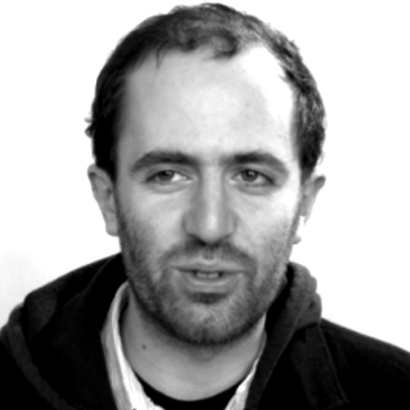Perhaps it’s a sign of the robustness of American literature, in contrast to our politics, that one of our writers was able to produce a patient zero of coronavirus lit before the virus itself was anything more than a twinkle in a bat’s eye.
Lawrence Wright wrote last month in The New York Times that his book is “not prophecy” but the fruit of extensive research following from a question posed to him by the filmmaker Ridley Scott, who’d just read Cormac McCarthy’s 2006 post-apocalyptic masterpiece, The Road, and asked Wright, “‘What happened?’ How could civilization become so broken?” The answers were already out there, as Wright learned from scientists, doctors, and historians. His book shows that our new reality, a surprise and a shock to most of us, is actually following a script written far in advance, with all the words and phrases that we never used six weeks ago—attack rate, viral load, cytokine storm—now part of our everyday speech.
Wright is as amiable a tour guide as you could hope for through the darkest terrain of recent history. He won the Pulitzer for his book on al-Qaeda (The Looming Tower, 2006), and he’s since led readers through the labyrinths of Scientology (Going Clear, 2013) and the political culture of his home state (God Save Texas, 2018). He even knocked down the World Trade Center a few years before al-Qaeda as a co-writer on the screenplay for The Siege.
The prescience of The End of October is undeniable. An Indonesian man becomes infected and flies to Mecca for the hajj. Before a lockdown can be imposed on Saudi Arabia, infected pilgrims and other travelers scatter to all corners of the globe. The pathogen becomes known as “the Muslim flu.” The government response is woefully inadequate, the stock market plunges by 13,500 points, hospitals are overwhelmed, supplies of masks and ventilators run short, and, soon enough, the corpses are piling up by the thousands. Wright’s virus, Kongoli flu, named for the detention camp outside Jakarta struck by the first outbreak, behaves more like Ebola or the bubonic plague than the coronavirus. Its symptoms include bleeding from the eyes and lungs filling with pink foam, and it sometimes leaves behind corpses turned blue.
I’ve never before encountered a text that attempts to combine the sensibilities of The New Yorker, where Wright is a staff writer, and Hollywood in lowest-common-denominator mode. The refinement of Eustace Tilley sits uneasily next to airport prose, and Wright shifts between registers from page to page. There’s some fun in this because Wright’s schlockiness is as self-conscious as his reportage is conscientious. My favorite of Wright’s resurfaced historical episodes is the Tatar invasion of the Crimean city of Kaffa during the Black Death in 1347. When the thwarted Tatars realized the siege had failed, they started launching the plague-ridden corpses of their dead back into Kaffa over the city walls via catapult.
Before a lockdown can be imposed on Saudi Arabia, infected pilgrims and other travelers scatter to all corners of the globe. The pathogen becomes known as “the Muslim flu.”
Then there is the disconnect between the book’s first and second halves. The quarantined reader nods along, thinking, Yes, this is how life is now, until Wright crosses a threshold we’ve not yet reached. In the one scene that features the sitting president—who isn’t not Trump; his rival in the 2016 election was Hillary Clinton and his vice-president, deputized to lead the response to the contagion, is a former governor and talk-radio host, just like Mike Pence—he announces the nationalization of the U.S. health-care system (if only!) on television just before his eyes begin to bleed. A #resistance liberal’s fever dream. And the morbid wish fulfillment doesn’t stop there. Whether or not Vladimir Putin is behind the Kongoli flu, whose elusive origins may lie in a lab or in prehistory, he looms in this novel as the arch-villain of the Russia-gate imagination. Plans are drawn up for his assassination.
If the second half of Wright’s novel proves to be as oracular as the first, we are really in for it: hot war in the Middle East, cyberwar everywhere, failure of the electric grid, gangs of marauders in the streets, pets eating the faces of their dead owners, children digging shallow graves for their parents in the backyard.
It’s also in this half of the book that Wright’s characters come into their own. Henry Parsons, the C.D.C. disease detective who walks with a cane, reveals tragic origins as the orphan of an earlier gruesome tragedy. Tildy Nichinsky, the deputy secretary of homeland security, gets a desk in the West Wing, puts a bust of Kissinger on it, and goes full neocon. The darker reaches of Wright’s imagination burst through his yuppie world-building and epidemiological speculations into a properly paranoid nightmare. In this realm, his great precursor is Don DeLillo, and the best parts of The End of October—especially a brilliant set piece of a crowd rushing the Kaaba, in Mecca—though not as lyrical or ironic, are worthy successors to Mao II. Let’s hope that no more of these omens come true.
Christian Lorentzen is a contributing writer for Air Mail


